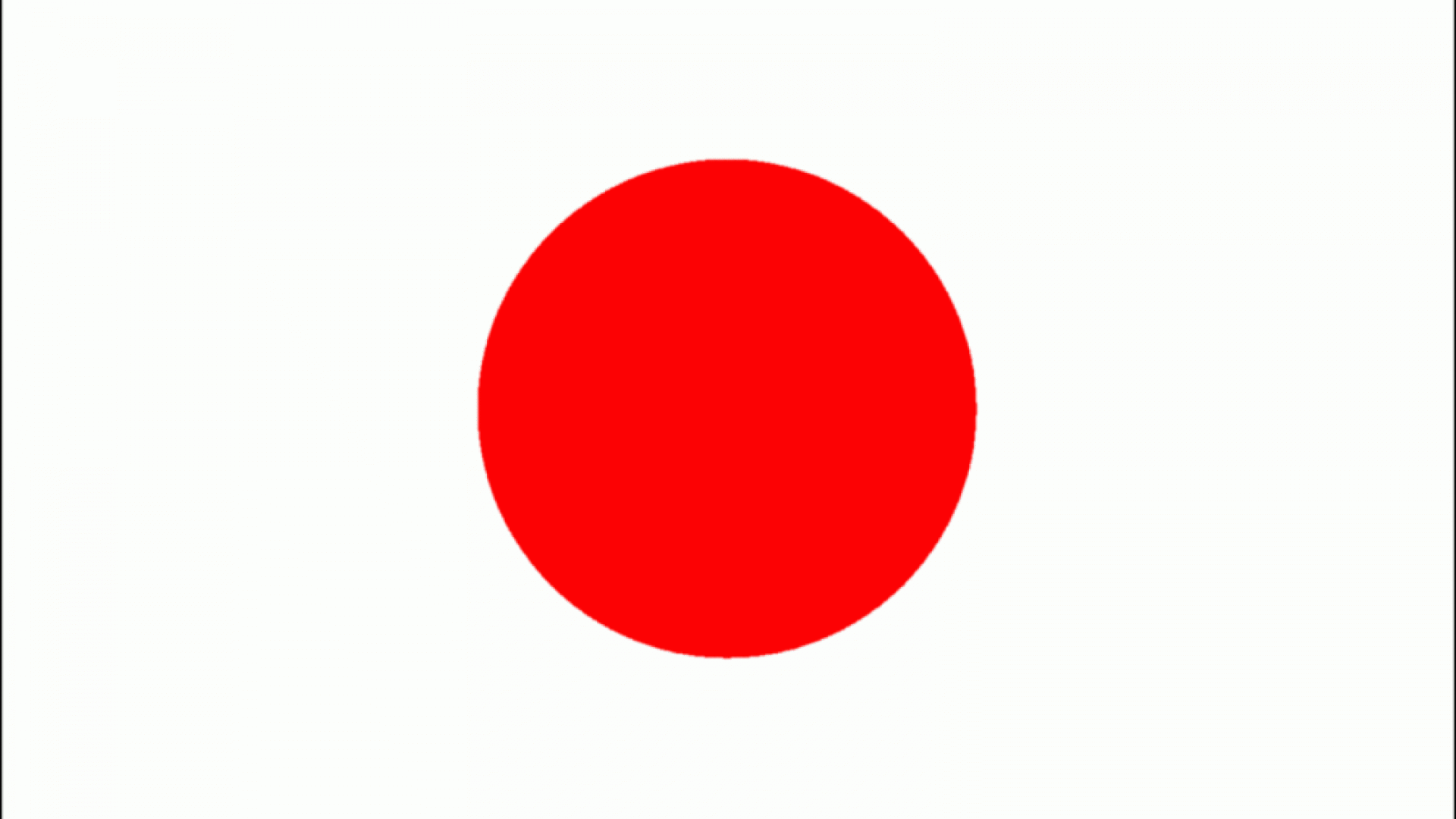Instruction in the Japanese Classroom
- Jesse Berezan
- May 21, 2017
- 3 min read
The purpose of this blog post is to give readers an idea of how the Japanese school system instructs its students, and how this differs from our own system in Canada. The information from this post will be gathered from our own impressions having started classes in Japan, as well as conversations had with our Japanese peers.

Initial impressions as Canadians studying Japanese: There are many subtle differences between studying in Japan vs studying in Canada, but a few things stood out to us right from the start. For one, Japan in general emphasizes punctuality, attendance, and consistency - and this carries over to the classroom. For our particular program, if you are late or absent, you will lose a small percent of your final grade. This is something seldom seen in Canadian post-secondary (some classes take attendance, but for the
most part this is something left up to the individual). One reason for this may be the importance that Japan places on the group rather than the individual. Furthermore, our class in particular involves a lot of oral work, so if someone is absent, it does indeed upset the flow of the class.

In terms of specifics to learning the Japanese language, the way in which grammar and kanji is approached is overall quite similar. The grammar points are broken down a similar way, and the same emphasis is placed upon kanji. One thing that is surprising however, is the absence of kanji radical instruction. Kanji radicals are regarded by the Japanese learning community as THE best way to learn, and most of all, to remember the Kanji. Our experience so far is that Kanji in the Japanese classroom are simply something that must be learned, and that the method by which the student does so is to be decided independently of that fact.
Japanese instructors for the most part seem to make extreme efforts to be timely, prepared, and engage with the class. In our own case, we have small classes and are able to participate actively with the teacher throughout the whole day. Although most classes are larger, the same instruction attitude carries over.
Interview with a Japanese university student:

We interviewed Kotoro, a Japanese post-secondary student, to get his thoughts on the Japanese education system as is. What surprised us was the emphasis Kotoro said was needed, on the kinship between teacher and student. Kotoro said that a big part of being successful in the Japanese education system is being able to get a long with your teachers, and not having a 'passive relationship' as he put it. He described a high school experience in which the teacher simply referred students to the textbook instead of responding to questions. This teacher/student relationship is also important due to the shy nature of many Japanese. Kotoro thinks that it's important for Japanese students to be able to voice their opinions, and that the Japanese education system does not always facilitate this.
Kotoro voiced some concerns with English instruction in Japan as well, stating that although the Japanese english education system places an emphasis on pronunciation and accuracy, there are few native english speakers teaching english in Japan. Because of this, students struggle to learn the correct pronunciations, and aren't able to succeed within the structure of english education presented to them.
Overall Kotoro thinks positively of the Japanese education system. Personally we think Kotoro is a studious individual with a bright future ahead of him.
The takeaway:
The Japanese education system's biggest faults seem to lie within its potential to lean towards an extremely isolated learning environment. Its strong points are its instructors - their quality and attitude - as well as its emphasis on mastery. This is to say that the Japanese place high value on mastering one thing before moving on to the next. Although this is for the most part a strong suit, it does do some harm in the english classroom. Due to the emphasis placed on mastery, students must first master english pronunciation, but are hindered by a lack of english-speaking instructors. So far, we are all left with a mostly positive impression of instruction in the Japanese classroom. We look forward to learning more during our stay here in Tokyo!







Comments